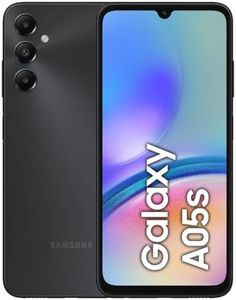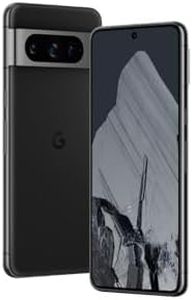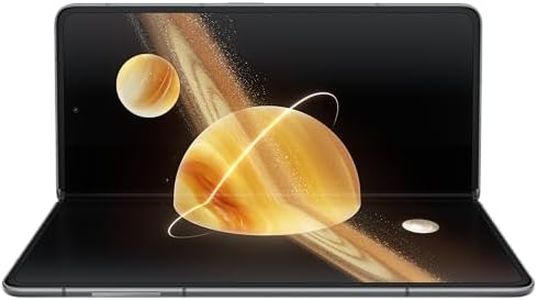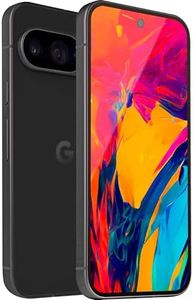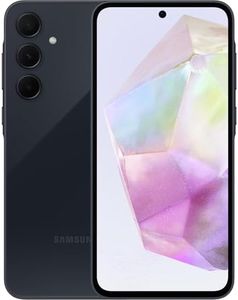We Use CookiesWe use cookies to enhance the security, performance,
functionality and for analytical and promotional activities. By continuing to browse this site you
are agreeing to our privacy policy
10 Best Large Screen Smartphones
From leading brands and best sellers available on the web.By clicking on a link to a third party's website, log data is shared with that third party.
Buying Guide for the Best Large Screen Smartphones
Choosing a large-screen smartphone can be an exciting process, especially if you enjoy watching videos, reading, gaming, or simply prefer bigger visuals. The key to finding the best large-screen phone for you is to consider how you use your phone every day. Large screens can offer more immersive experiences, but there are a few main features you should pay close attention to before making a decision.Screen SizeScreen size is measured diagonally in inches and is the defining feature of a large-screen smartphone. It’s important because it directly affects how much content you can see at once, how comfortable it is to watch videos or read, and how easy it is to use multi-window features. Generally, screens around 6.5 inches or bigger are considered large. Screens between 6.5 and 6.8 inches offer a balance between size and handling, while anything above 6.8 inches is great for media consumption, but could be harder for one-handed use. You should think about your hand size and whether you’ll mostly use your phone with one or two hands, as well as how often you keep your phone in small pockets or bags.
Display ResolutionDisplay resolution tells you how many pixels are used to create the images on the screen and is important for clarity and sharpness. Higher resolution means a crisper image, especially noticeable on larger screens. Common values include HD+, Full HD+, and Quad HD+. For casual browsing and social media, Full HD+ is usually enough. If you watch a lot of high-quality videos or play detailed games, Quad HD+ ensures exceptional sharpness. Pick a resolution that matches your main activities so you won’t waste battery life or overpay for features you won’t really use.
Display TypeDisplay type refers to the technology used to make the screen light up and show colors. The two most common types are LCD and OLED or AMOLED. OLED/AMOLED screens offer richer colors, deeper blacks, and often better contrast, making them preferred for watching movies and playing games. LCDs can be perfectly fine for general use and are usually brighter outdoors. Think about whether you value bright, vibrant visuals or if you need great visibility in sunlight when deciding between these options.
Refresh RateRefresh rate is the number of times the screen updates its image per second, measured in Hertz (Hz). A higher refresh rate makes everything look smoother, especially when scrolling or playing games. 60Hz is the standard rate and works well for everyday tasks. 90Hz and 120Hz offer noticeably smoother visuals that can be great for gaming or if you love really fluid navigation. If you mostly use your phone for texting, calling, and casual browsing, standard rates are fine. For a better visual experience or gaming, a higher refresh rate is appealing.
Battery CapacityLarge screens consume more power, so battery capacity becomes more important. This is measured in milliamp-hours (mAh). Higher numbers mean bigger batteries that last longer, which helps you get through a day of heavy use without recharging. If you stream videos, play games, or use apps for many hours, a higher battery capacity (like 4500mAh or above) is beneficial. But if you’re near a charger most of the day, a slightly lower capacity may still be enough for you.
Weight and SizeWeight and size describe how big and heavy the phone feels. Large-screen phones are naturally bigger, but the materials and design can change how comfortable they are to hold. Some are slimmer and lighter, while others feel more solid but can be bulky in pockets or during long use. Consider whether you’ll find a heavier phone tiring or if you need something as slim as possible for your lifestyle. It’s often worth trying out different sizes in person to see what feels right in your hand.
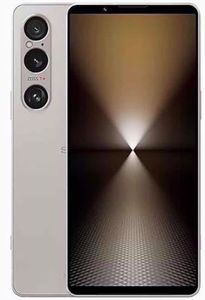
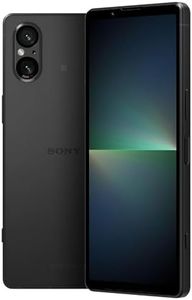
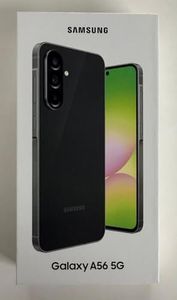

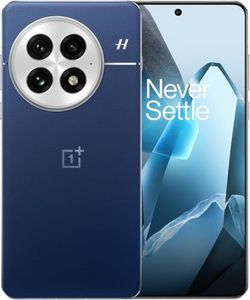
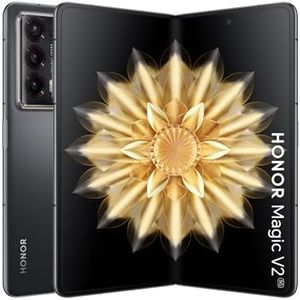
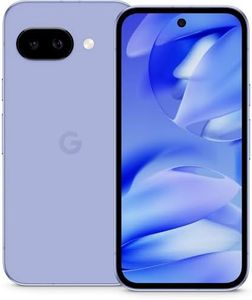
![Google Pixel 9 Pro XL [512GB] [Black] [Excellent]](https://images-proxy.bestreviews.guide/EriFozmVyX0Q87nh0OKfvrDvvz4=/0x300/https://m.media-amazon.com/images/I/41qVw3booFL._AC_CX679_.jpg)

